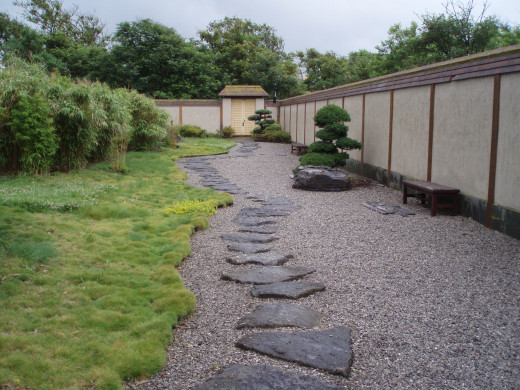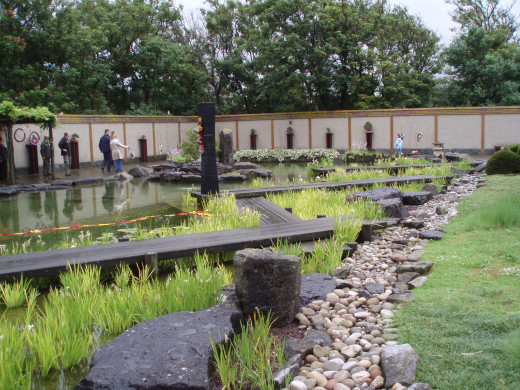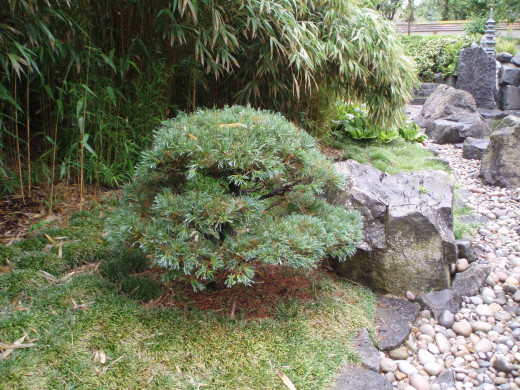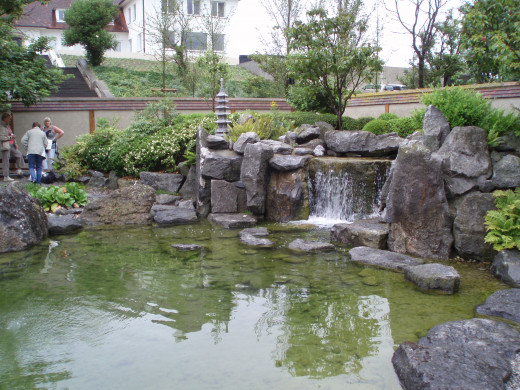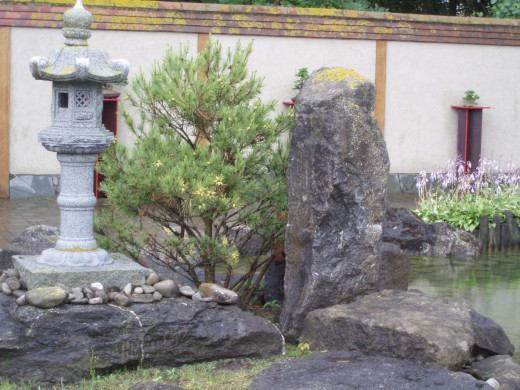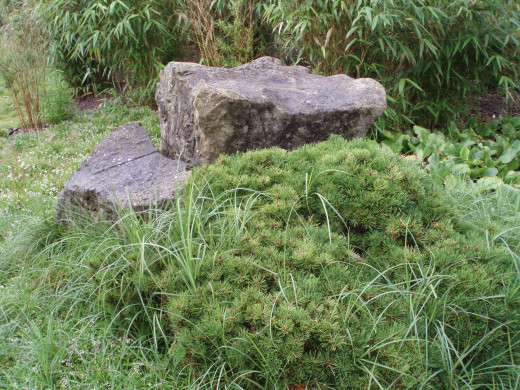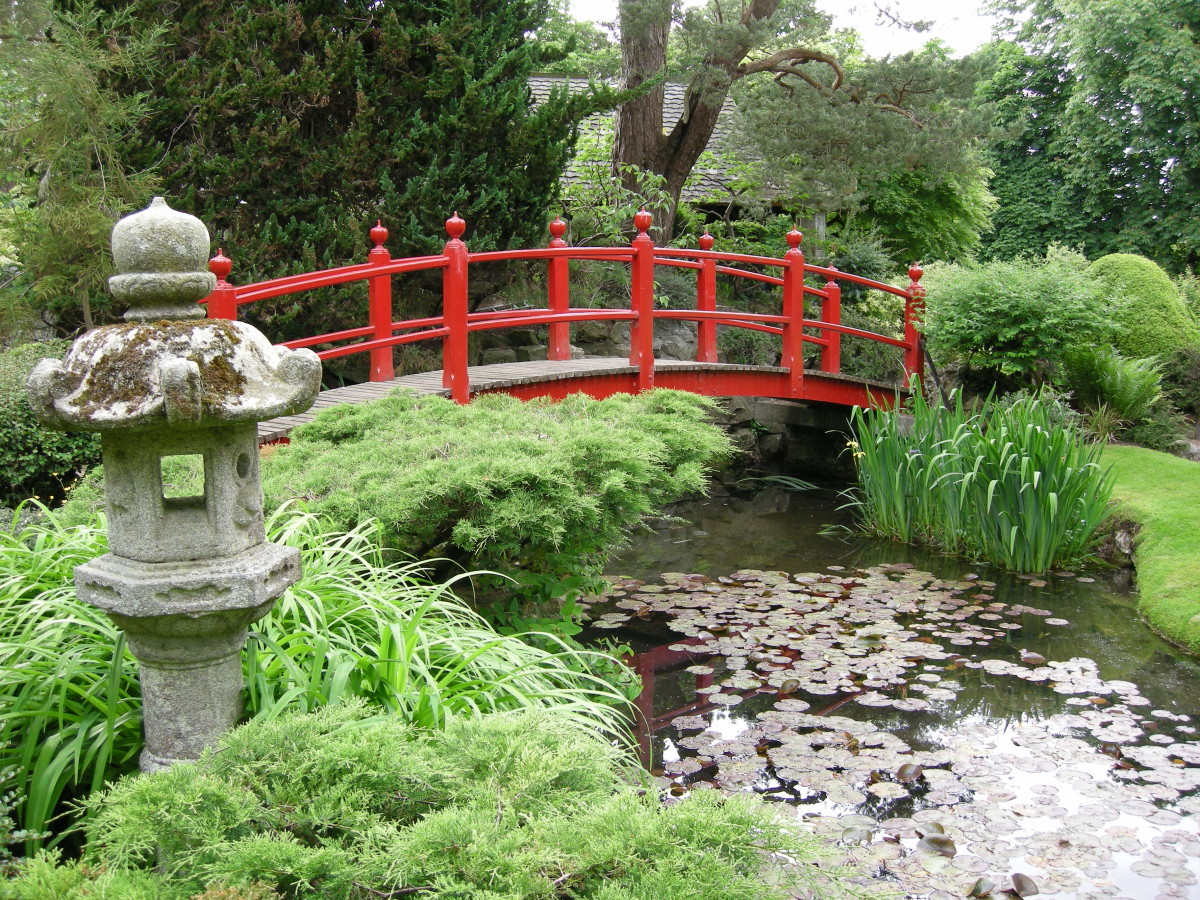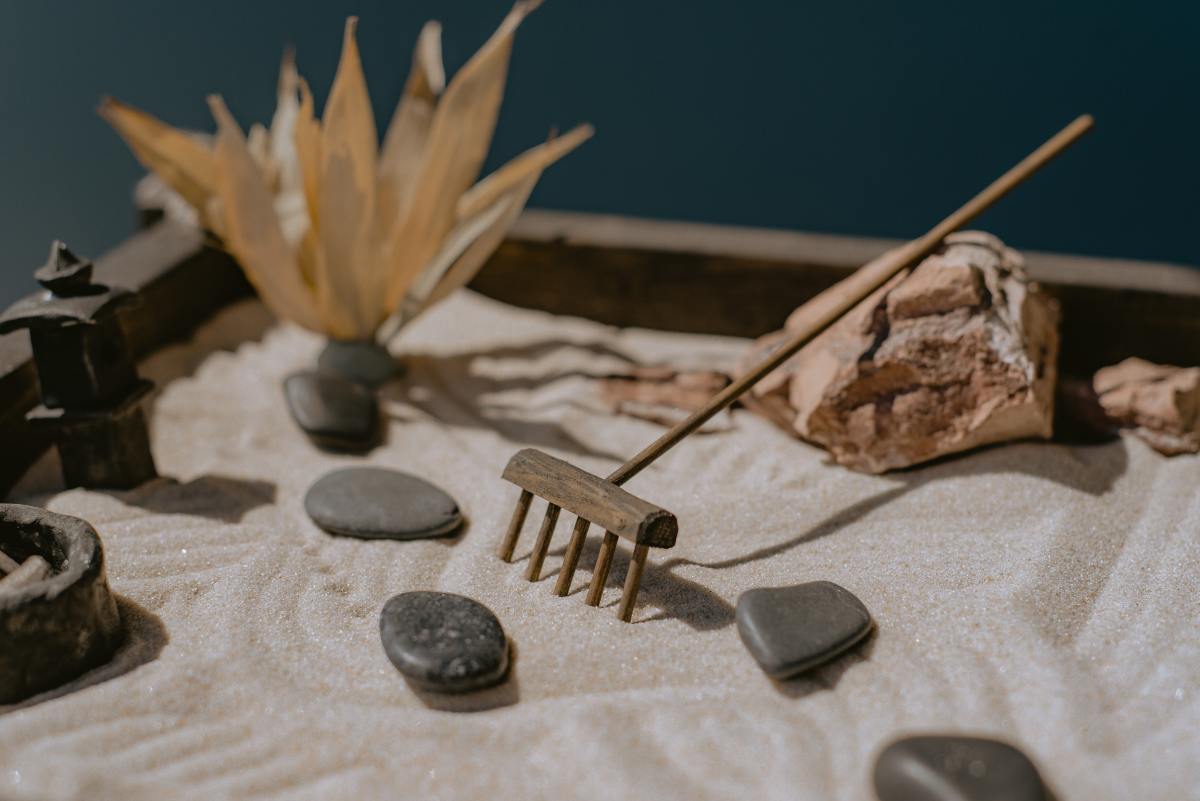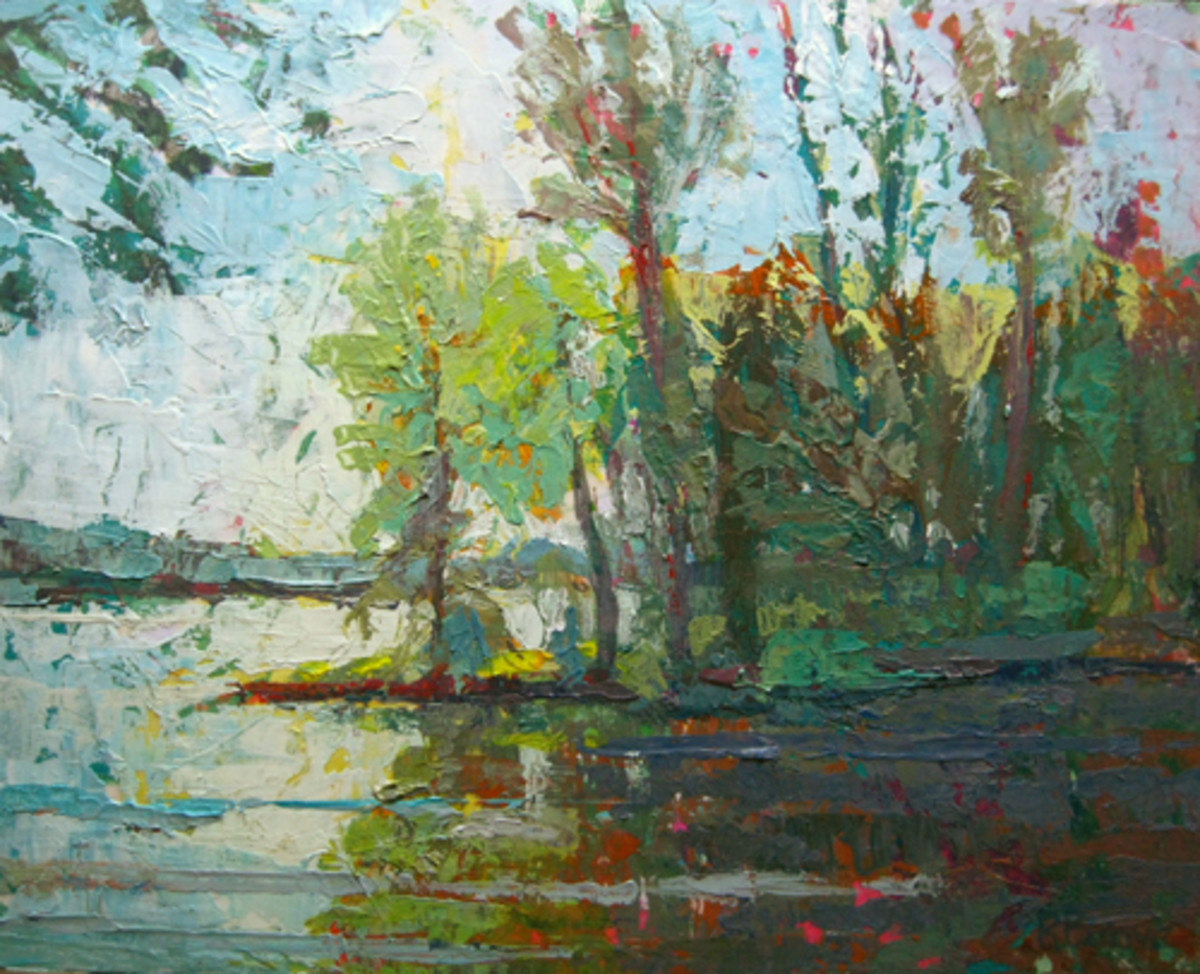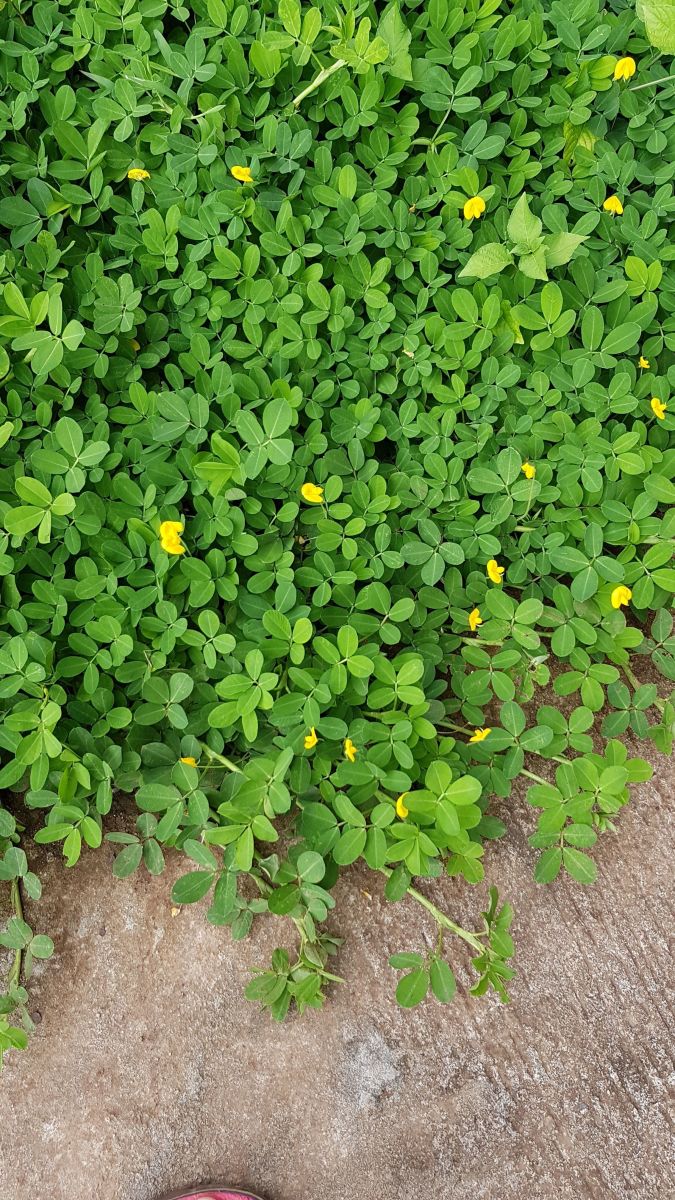Japanese garden in Ostend, Belgium
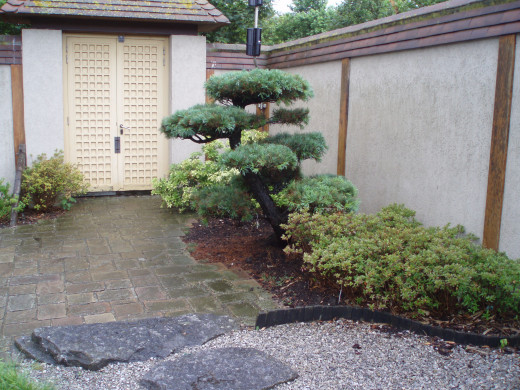
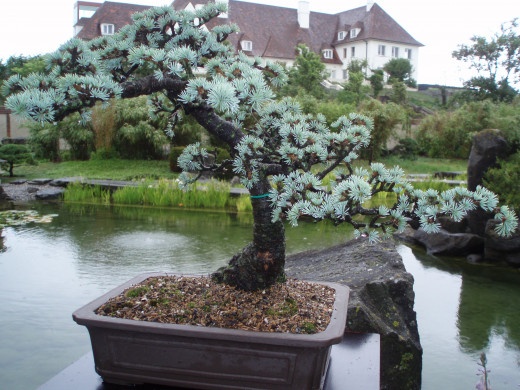
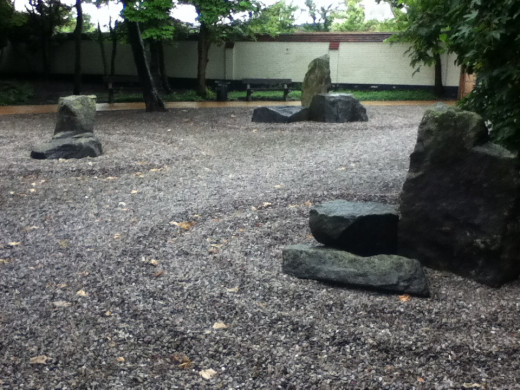
If you are tired of everyday race and want to enjoy a trip to a quiet place I would advise to go to Belgium and to visit a small town Ostend (Oostende in local language).
Like any sea resort it has many attractions for tourists, but a garden in Japanese style is worth your attention.
I like everything connected with Japanese gardens and I had a chance to visit a garden in Japanese style in Ostend, Belgium.
This Japanese garden is located almost in the town center, inside of a King`s Garden almost on the North Sea shore. The name of the garden is “Shin Kat Tei” – “Deep Sea Garden” in a free translation.
I know that European culture is absolutely different from Oriental and Japanese gardens in Europe are sometimes far from the ideal. They say that the spirit of a real Japanese garden can be achieved only in Japan. I do not know…. May be those who say so are right, but I loved what I saw in Belgium.
In order to make it a true hideaway the Japanese garden is isolated from the rest of the territory by a high wall. It gives the garden some kind of intimacy and separation from the other world. This place is not for games with children. It is a small world for a rest and meditation.
Unlike English mixed borders this garden can be attractive all year round because of evergreen plants. A deliberate combination of three basic elements: water, wood and stones is a specific feature of such a garden. The heart of a garden is water, symbolizing the transience of life. It is done in a form of a tortoise -like pond with a small waterfall. The stones symbolize the strength and durability, wood – an ongoing development and upgrading. The Japanese love to look at the rocks and water, which, in their opinion, have a magical power.
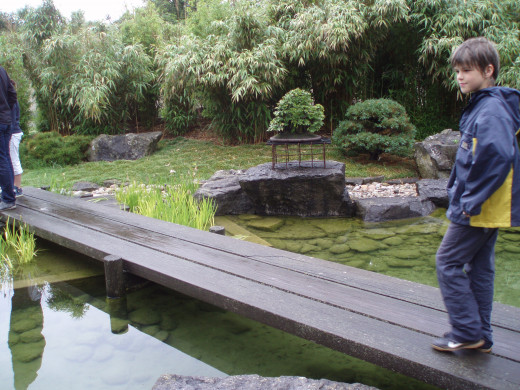
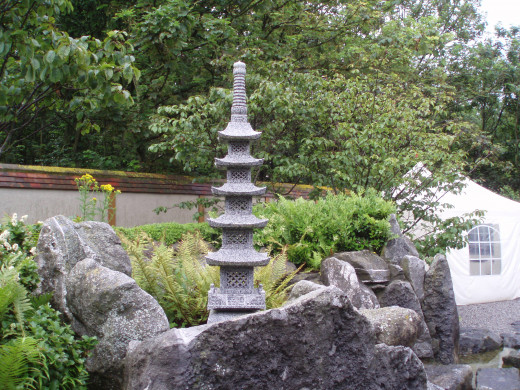
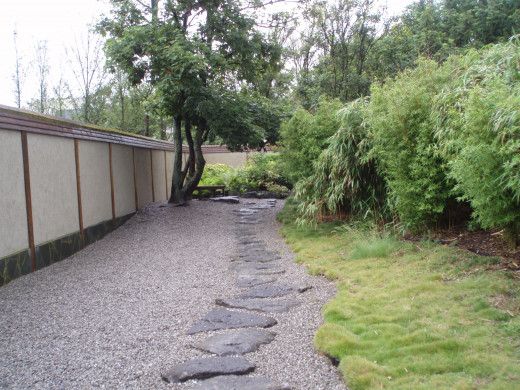
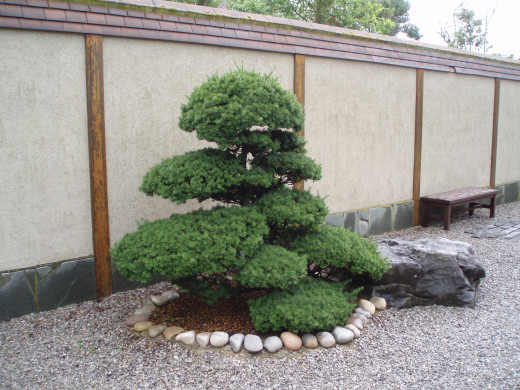
I do not live in Japan but the beauty of the garden is evident even for me. Some emptiness in it gives much space for thinking and imagination. Staring and admiring of beautiful nature allows you to forget about the hardships of everyday life, relax and come to peace of mind. A well-designed Japanese garden evokes a feeling of eternity.
The stones in the garden are not in the shape of cones, staring at the sky. Rounded forms predominate. In general the philosophy of Japanese gardening is in a restoration of the natural landscape of Japan in miniature, usually in the form of mountain scenery with waterfalls and streams. The secret of the impact of such a garden is to strengthen the impression of the environment with the help of clever artistic techniques.
Different compositions are opened from different points of the path. This is a landscape with elements of symbolism. The stone represents an entire mountain, a pond is a symbol of a mountain lake, the tiny space, covered with sand, will be limitless ocean. Repetition of individual elements in different parts of the garden creates a sense of integrity, which is especially important for small spaces.
Japanese gardens like this are created in accordance with strict rules, polished by centuries. Very careful handling of a landscape is important.
The flowers in a Japanese garden are rare. I saw Japanese irises in blossom and some hosts. Other plants were bamboo bushes and numerous coniferous species.
General impression of this garden was very good. It can hardly be a real place for your peaceful rest and meditation because of numerous visitors. But it can be a perfect place which gives you an understanding of a Japanese garden philosophy. It can give you a vivid example of a garden which can be created even in your yard. Come to Ostend, enjoy it, get inspired by ideas and make your own garden. May be it will not be a 100% Japanese but this garden will have a part of your heart, therefore this will be your place for a rest and admiration. Good luck!
